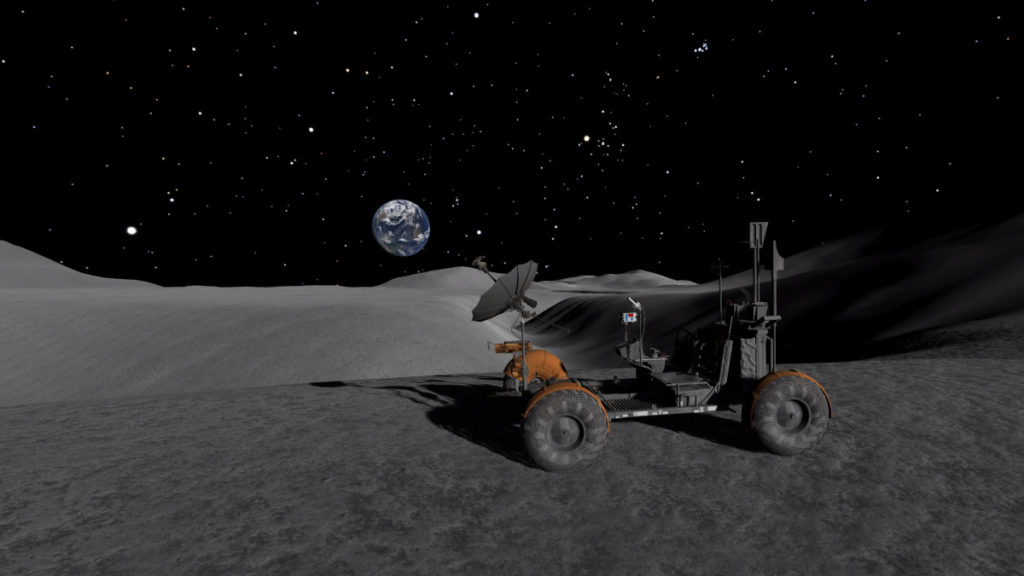
The last lunar Apollo mission was in 1972. NASA is planning on returning to the moon by 2024. Meanwhile the European Space Agency is providing a unique look at one of the most famous missions. Working with a team of engineers and scientists from Timelab Technologies, and NASA, they have recreated this epic mission.
“We are revisiting these missions to recreate their detailed attitude history as a way to re-analyse various scientific measurements they made, such as optical imaging or X-ray spectroscopy,” explains ESA project scientist Erik Kuulkers.
European Space Agency
Hats off to the folks over at Gizmodo for catching the release of this one. The ESA officially posted the completion of this project yesterday. Would-be astronauts can now relive the Apollo 15 mission in 360-degree virtual reality. For those without a headset you can still enjoy the angles via YouTube’s controls. From being in the orbiter to cruising the lunar landscape they have got you covered.
The project, based at ESA’s ESAC astronomy centre in Spain, is making use of specialist software called SPICE, used to plan and interpret planetary observations. The name is a summary of its functionality: ‘S’ for spacecraft, ‘P’ for planet (or more generally target body), ‘I’ for instrument information, ‘C’ standing for orientation information and ‘E’ for events, meaning mission activities, both planned and unplanned.
European Space Agency
NASA developed SPICE while the ESA used its own version. The ESA is also using it for data analysis for other missions as well. Those include, but are not limited to Mars, Venus, Rosetta, and Mercury. This project aims to show how these older missions still have much more data to be explored. It also shows how modern technology can enable new perspectives not available before.
Other VR historical projects
Virtual Reality is becoming a go-to solution for many historical projects. In recent years a number of museums have employed it. Here are a few to engage in some virtual or augmented experiences.
